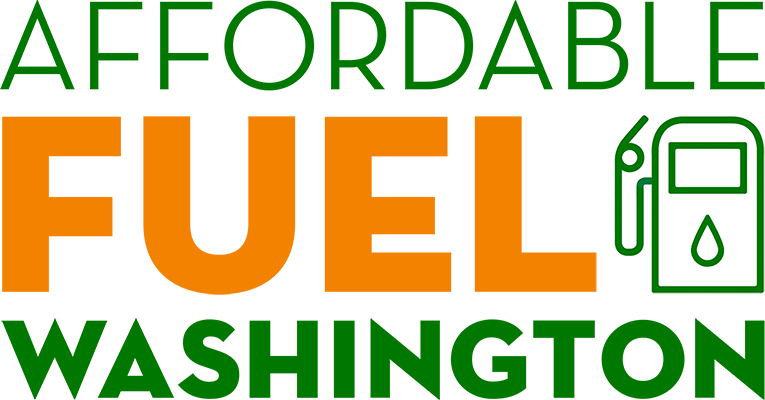As of October 21, the average price per gallon in Washington is $4.402, a staggering $1.355 higher than the national average of $3.047. In the greater Seattle area, drivers are paying even more: $4.662 per gallon, which is 53% above the national average. That represents an increase of over 40 cents per gallon compared to last year, even as prices elsewhere have cooled. …
The state’s Climate Commitment Act (CCA), passed by Democrats in 2021 and implemented in January 2023, continues to take the bulk of the blame. The law forces fuel suppliers and major emitters to purchase “emissions allowances” … effectively creating a hidden carbon tax on gasoline.
… Supporters claim the funds help combat climate change and invest in environmental programs. But critics say the real impact is being felt by families, truckers, and small businesses who are footing the bill for Olympia’s climate ambitions. …
Documents from the governor’s own 2014 Carbon Emissions Reduction Taskforce (CERT) show that [Inslee’s chief policy advisor] acknowledged the policy would raise gas prices; in fact, that was part of the plan. …
The CERT model projected that even a “low-cost” scenario of $45 per metric ton would add about 38 cents per gallon, while a “high-cost” price of $172 per metric ton would add $1.46 per gallon.
Despite those findings, Inslee continued to insist to reporters that the tax would have “a minimal impact, if any, pennies. We are talking about pennies.” …
Two years into implementation, Washington’s gas prices are among the highest in the nation, rivaling both California and Hawaii. …
The pain doesn’t stop at the pump. Higher fuel prices drive up costs for groceries, deliveries, and utilities, since nearly every product in Washington depends on fuel to get to market.
Despite being one of the most environmentally ambitious states in the nation, Washington’s carbon-pricing experiment has made it one of the most expensive places to live and drive in America.
Read the Complete Article »